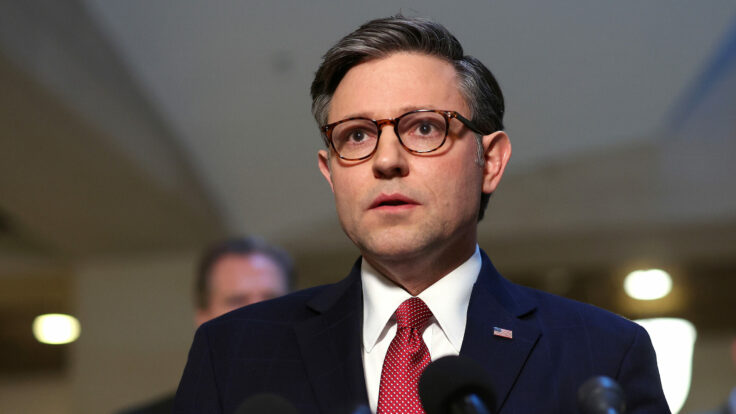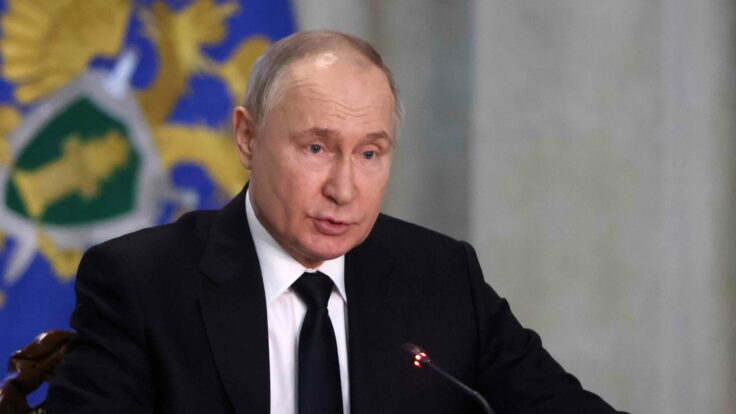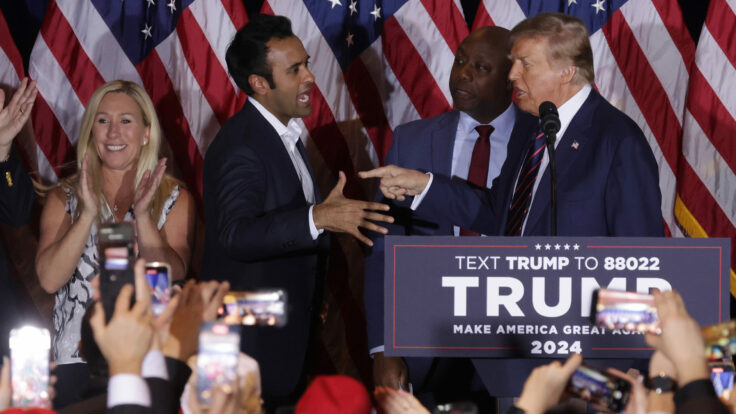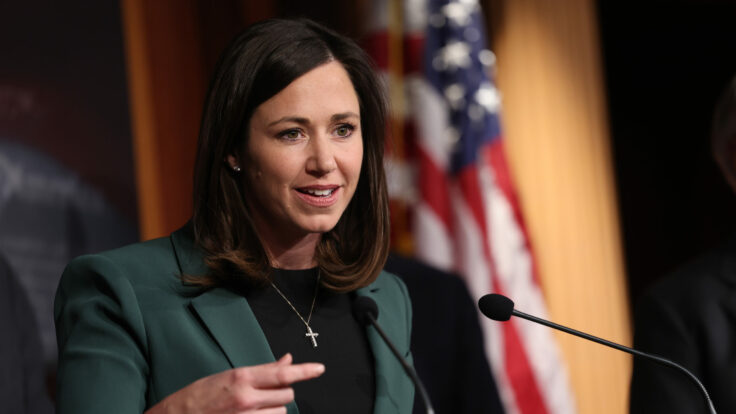It’s the first week of a midterm election year—the prelude, as always, to a presidential media-election cycle that never really stops. Here at Puck, I’ve already begun reporting on the succession question overhanging the White House: Is Joe Biden too old to run again, or is the D.C. political media skepticism out of touch with America? Is Kamala Harris the ultimate lame-duck vice president? What will Democrats do if Biden can’t or won’t run again, and can they count on Gen Z to forestall another four years of Donald Trump?
Thanks to all of the readers who wrote in with feedback about those recent columns. Today, I’m opening my notebook to respond to some of the questions in my inbox (and on my mind) about what’s next for Biden, Harris, and the post-Trump G.O.P. in 2022, before the ‘24 political-media narrative begins to take form. As always, you can reach me at peter@puck.news—my inbox is always open.

















